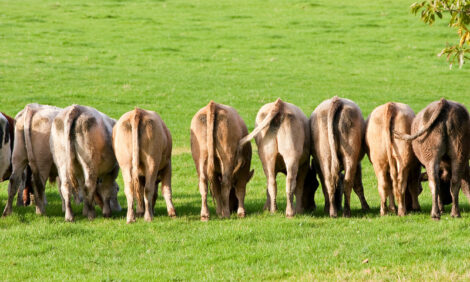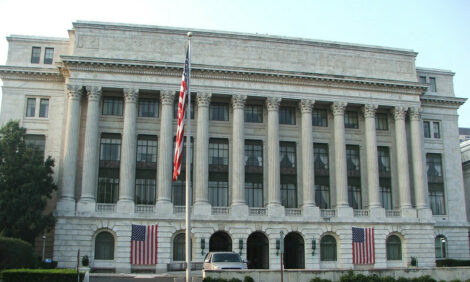



Dairy Farm Profitability Impacted by Future Climate Change, Models Show
AUSTRALIA - On current 2040 climate projections, all three farms modelled in Dairy Australia’s three year-long Dairy Business for Future Climates (DBfFC) research project would be less profitable if they continued to farm exactly as they do today.The research results indicated that lower pasture production and utilisation, increased purchased supplementary feed, greater reliance on cutting silage/hay rather than direct grazing pasture, and lower milk production per cow, would all contribute to this outcome.
Of the three development options tested in the study, no single option was identified in any region that could be considered superior to the others. All had certain strengths and weaknesses.
The 'Intensified' options which had a high reliance on purchased feed had the greatest year-to-year variability in profit. These systems were often the most profitable in wet decades, but the least profitable in dry 10 year sequences.
The 'Simplified' options generally had the lowest average profit across development options within sites, but had the least year-to-year variability in profit and were generally less impacted by the 2040 climates.
The 'Adapt' option in Tasmania increased cow numbers without increasing the percentage of purchased feed. Instead, the farm area under irrigation was increased. This led to increased profitability and pasture utilisation. However, this option depended on readily available irrigation water at a relatively low price and would not be an option available to the majority of dairy farms in southern Australia.
The researchers said that farmers would be likely to to use this information combined with their own experience to develop the best management method for their farms.
TheCattleSite News Desk


